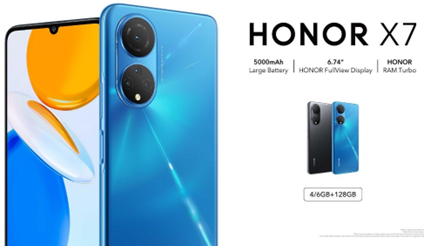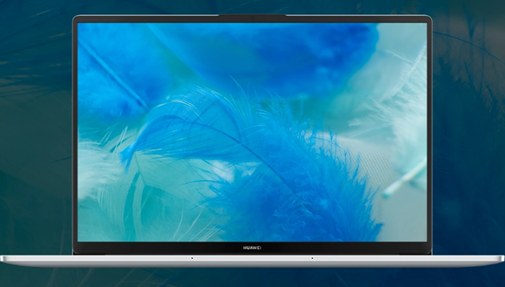iPhone 13 – Using NFC and NFC Tags with iOS 15 in 2021
Apple’s September “Special Event” for 2021 (video below) has followed the theme of the past ten years with the announcement of new iPhone models including the iPhone 13, iPhone 13 mini, iPhone 13 Pro and iPhone 13 Pro Max (whew!), complementing Apple’s announcement of iOS 15 in June. Like all iPhones since the iPhone 7, released in 2016 alongside iOS 11, the new iPhones feature native software and hardware support for NFC functionality. While the iPhone 6 supported NFC for contactless payment only via Apple Pay, previous iPhones did not support NFC. This lack of NFC capabilities contrasted with Google’s Android devices, which had adopted NFC hardware and software support in late 2010 and has been included in almost all Android phones since.

The iPhone’s substantial market share during the 2010 to 2016 period when it did not support NFC posed a major roadblock to widespread consumer NFC adoption. Companies were hesitant to invest in NFC if iPhone users were unable to use the technology, and as a result, the Connected Things environment that NFC enables was also hampered. Since the iPhone 7 and iOS 11, subsequent NFC software improvements in iOS 13, and developer support for NFC and NFC tags via the Core NFC Framework, the technology side of the Connected Things equation has been established across the smartphone market. The other side of the Connected Things equation pertains to consumer education and behavior, which Apple has been ingeniously working to establish.
Since 2019, Apple has been integrating NFC tags and NFC features into more of its own product suite, teaching consumers that their iPhone is a “magic wand” for interacting with things in the physical world. With the technology and consumer education sides of the Connected Things equation beginning to balance, consumer adoption of NFC is now significant and growing. Companies worldwide are using NFC and NFC tags to engage with customers, protect against counterfeit products, create interactive games, track physical assets and much more (read more). GoToTags has seen projects increase in size to millions of NFC tags annually, with project plans for 10s of millions of NFC tags for 2022 and beyond. Major software companies, interactive agencies and labeling and packaging companies are gearing up for this significant growth in Connected Things projects.
In this article, we’ll discuss all the ways the iPhone “magic wand” can do with NFC and NFC tags.








